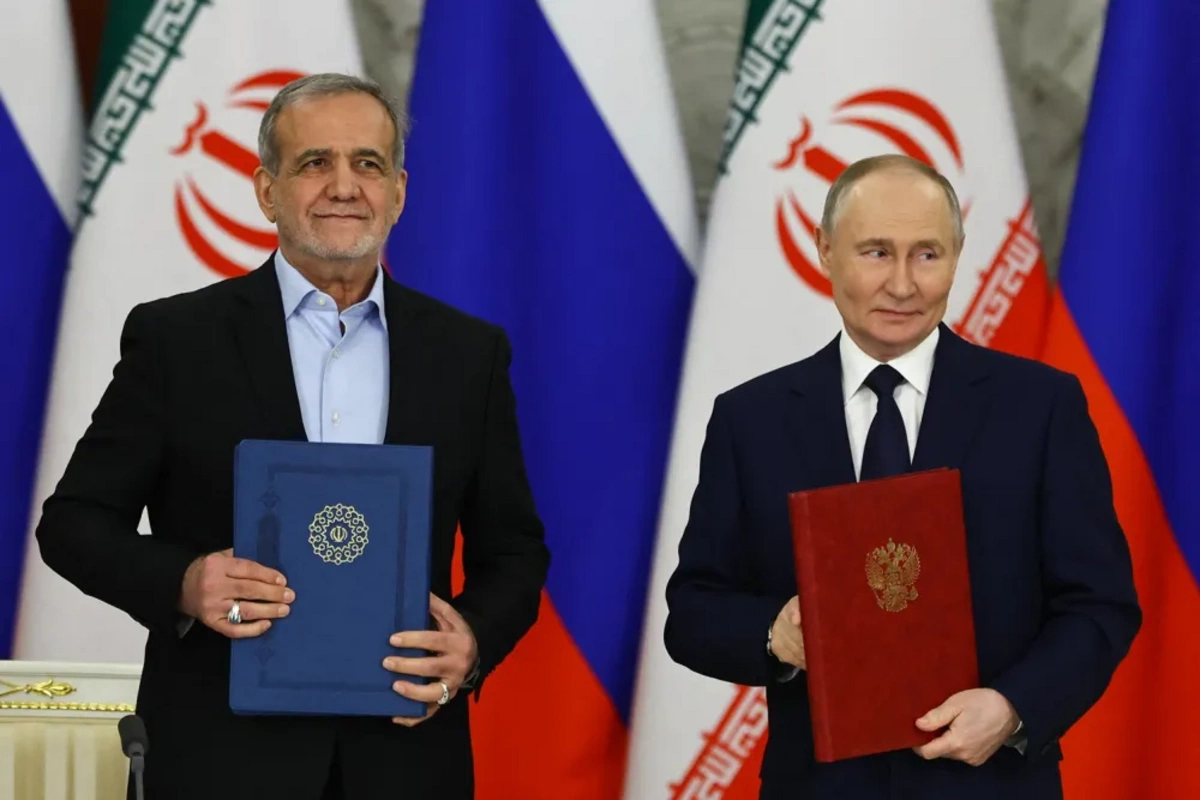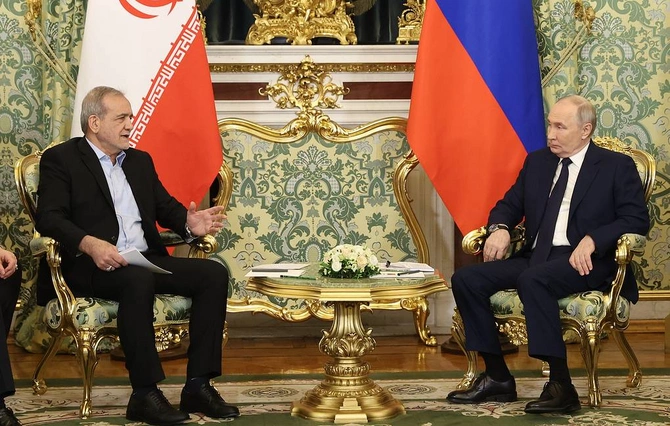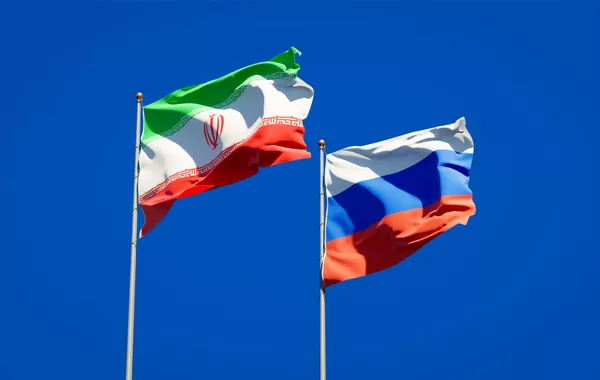
Photo: Getty Images
By Samir Muradov
The signing of a strategic agreement between Moscow and Tehran has become a significant event with the potential to reshape the balance of power not only in the Middle East region but also on the global stage.
However, behind the bold diplomatic statements and mutual assurances of friendship lie complex questions. Why has this agreement become possible now? What are its true objectives, and can the two countries turn their declared strategic partnership into a sustainable and mutually beneficial collaboration?
Russia and Iran are both under significant pressure from the West. Both countries have become targets of harsh sanctions that have limited their access to international markets, finance, and technology. This common adversary has effectively become a unifying factor, pushing Moscow and Tehran toward closer cooperation. Russia views Iran as a crucial partner in its strategy to counter the Western world. For Moscow, it is important not only to deepen economic ties with Tehran but also to prevent Iran from moving closer to Europe. This concern stems from fears that easing sanctions pressure on Tehran might open new opportunities for it in European markets, reducing its reliance on cooperation with Russia.
For Iran, the strategic partnership with Russia is also a necessary step. The country faces threats from Israel and the United States, both of which do not rule out the possibility of military action against Iranian nuclear facilities. Amid internal dissatisfaction and growing international isolation, Tehran aims to strengthen its position by leveraging Moscow’s support. For Iran’s leadership, this partnership offers a lifeline to stabilize domestic affairs and develop new strategies to bypass Western sanctions.
One of the key objectives of the agreement is to establish mechanisms for bypassing sanctions. Moscow and Tehran have announced plans to integrate their economies by creating independent trade structures, including the use of national currencies, alternative financial systems, and barter schemes. However, the implementation of these plans faces significant challenges. The economic asymmetry between Russia and Iran may create imbalances in their relations. Russia’s economy is larger and more diversified, while Iran, despite its rich oil and gas resources, struggles with internal economic issues such as high inflation and budget deficits.
Another challenge is attracting third countries to participate in these mechanisms. Many states that could benefit from cooperation with Moscow and Tehran fear secondary sanctions from the West. This limits the partners’ ability to implement ambitious projects. Moreover, establishing alternative financial systems requires significant investment and time, which may prove difficult under current economic pressures.
Iran’s internal situation adds uncertainty to the prospects of implementing the strategic agreement. The economic crisis caused by sanctions is exacerbated by growing social discontent. Strict Islamic norms and restrictions intensify tensions among youth and women, leading to periodic mass protests. Political instability is compounded by uncertainty surrounding the future of Supreme Leader Ali Khamenei, who plays a pivotal role in making strategic decisions. His potential departure could trigger a power struggle among various political factions. The rise of radical forces like the IRGC could complicate not only Iran’s internal situation but also its foreign policy strategy.

Photo: TASS
Notably, the agreement between Russia and Iran does not include provisions for military assistance. This distinguishes it from Russia’s agreements with countries like North Korea or Belarus. However, the agreement does contain guarantees prohibiting support for third parties in the event of an attack on one of the signatories. This clause was likely included to minimize the risk of direct conflict with the West, which is particularly important amid escalating tensions in the region. Iranian representatives emphasize that the agreement aims to strengthen bilateral cooperation and does not pose a threat to third countries. This is especially significant in the context of strained relations between Iran and countries like Saudi Arabia and other Gulf states.
Despite the celebratory statements, the strategic partnership between Russia and Iran remains a compelled step. It is dictated by current geopolitical realities and the need to confront shared challenges. For Moscow, this partnership is an opportunity to strengthen its position in the region and demonstrate to the world that it retains influence even under sanctions. For Tehran, it is a tactical alliance that helps manage international pressure and ensures support in case of escalating conflict with the West.
However, the future of this alliance depends on numerous factors. For instance, a potential easing of sanctions on Iran, possibly within the framework of a new nuclear deal, could weaken its interest in cooperation with Russia. Conversely, an escalation of military conflict in the region could jeopardize the implementation of joint projects. Internal crises in both countries could also undermine the stability of the agreement.
Thus, the strategic partnership between Russia and Iran is more of a tactical alliance than a long-term strategy. Its success will depend on the ability of both parties to adapt to changing circumstances and their willingness to overcome internal and external challenges. Otherwise, this agreement will remain merely a symbol of an era where geopolitical realities dictated new, sometimes unexpected alliances.
Share on social media
